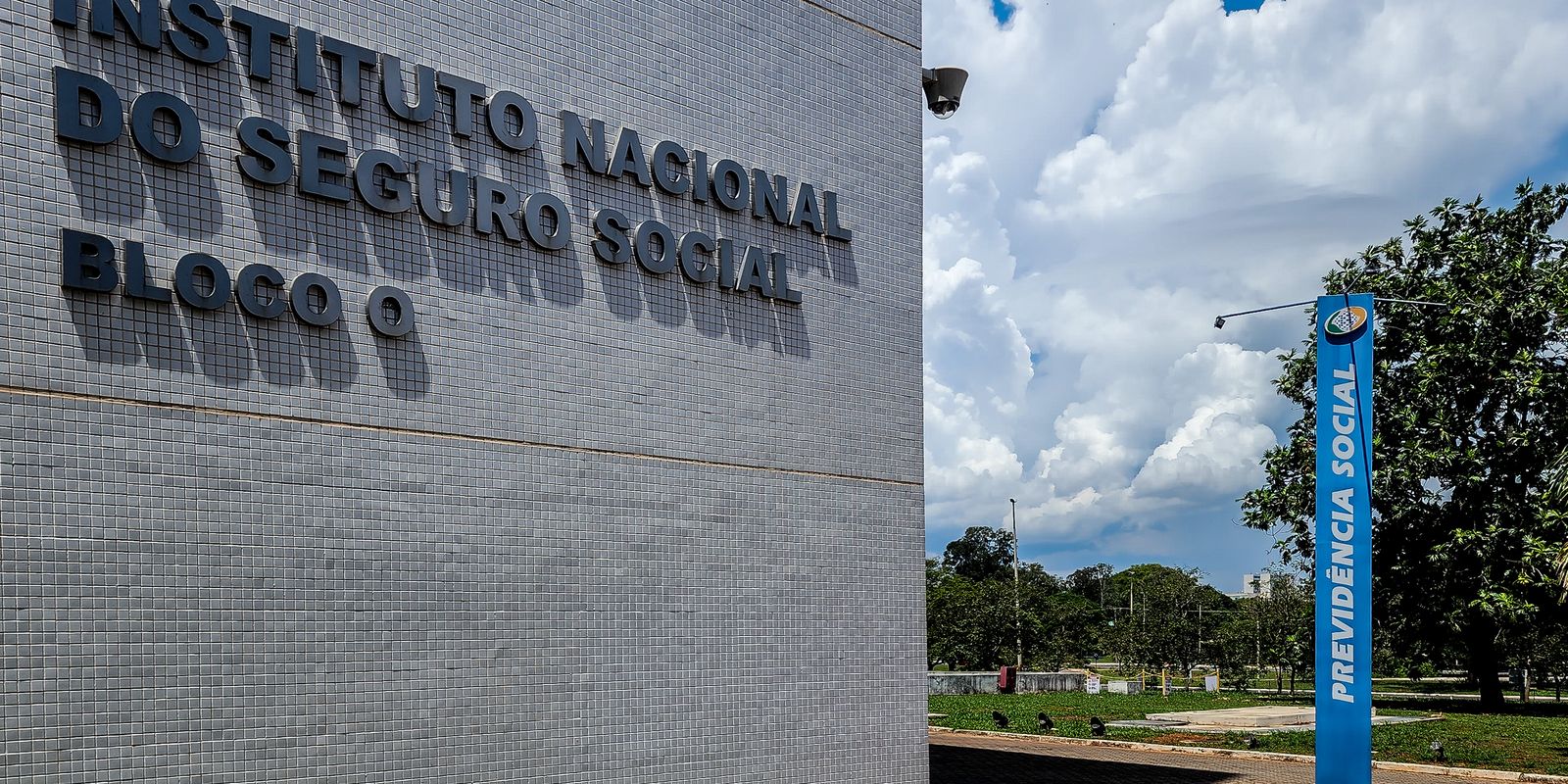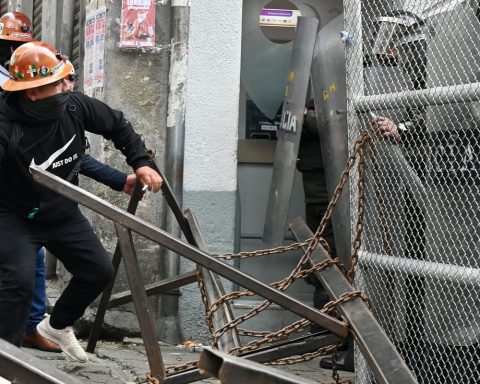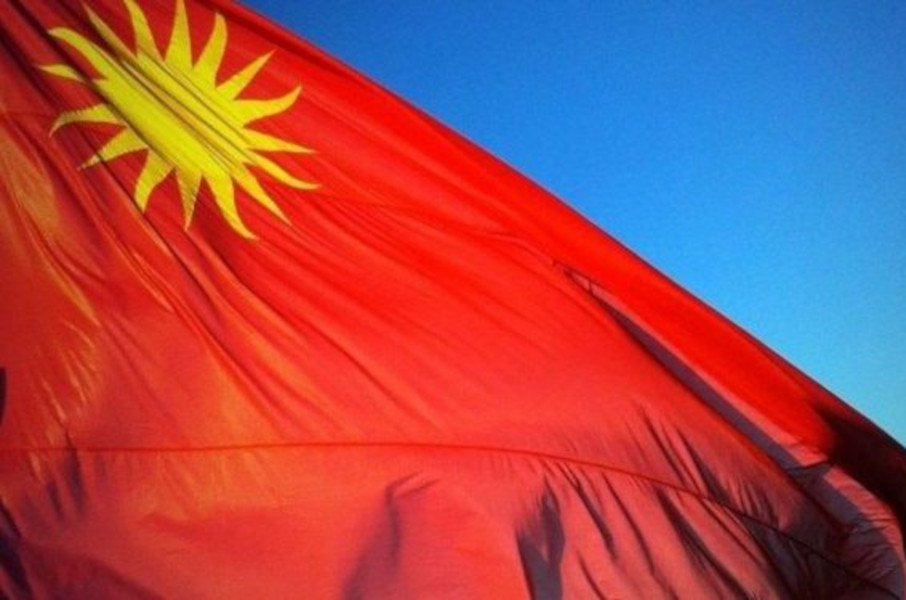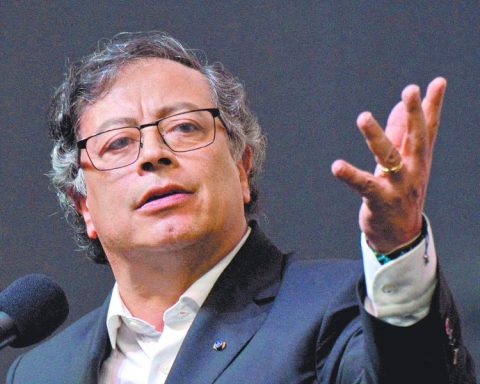Between January 2023 and September this year, banks returned to the National Social Security Institute (INSS) more than R$7.88 billion related to benefits that policyholders failed to withdraw within the legal deadline.
Of the total, just over R$4.947 billion was refunded over the last year. Between January and September this year, the amount reversed exceeded R$2.938 billion.
The legislation determines that, if the insured person does not withdraw the amount deposited by the INSS within 60 days, the bank must return it in full to the Institute. The measure only applies to those who use the agency’s magnetic card to transfer the benefit received.
According to the Institute, the objective is to avoid undue payments and fraud attempts, such as the withdrawal, by third parties, of the benefits of insured people who have already died. Furthermore, as a precaution, whenever the amount deposited is returned due to lack of movement, the INSS suspends future payments to the beneficiary.
Also according to the INSS, the beneficiary can request the regularization of their situation and the subsequent release of the resources to which they are entitled. So the Institute will be able to release at least part of the R$7.88 billion again to policyholders who, in the second stage, managed to prove they were entitled to the benefit.
Asked by Brazil Agencythe INSS responded that, as of this Thursday (31), it had not yet calculated the number of insured people whose benefits were returned, as of January 2023, due to lack of movement. Nor how many of them regularized their situations. The INSS was also unable to inform the final figure returned to the National Treasury in the same 21-month period.
“It’s difficult to estimate. Many benefits may have been suspended because they were not withdrawn [dentro do prazo legal] and subsequently reestablished. [Nestes casos] payments are made by positive complement and we do not have a management tool that measures how many of them came from a restoration, as well as their respective values”, explained the agency’s advisor, referring to one of the payment methods that the institute adopts to correct or supplement amounts already released to policyholders.
“This is not unusual”, assured lawyer Mauro Hauschild. Specialist in social security law, he presided over the INSS between 2011 and 2012. “Especially because these resources returned by banks go back to a type of single account, the General Social Security Regime Fund, into which the government puts money every month in order to pay the benefits, since the revenue is lower than the expenditure.”
According to Hauschild, an insured person may stop withdrawing their benefit for several reasons. “He may have passed away and the amount continues to be deposited because the death took a long time to be notified. Or the person no longer meets the requirements to receive payment, for example, they returned to work with a formal contract. Anyway, there are several situations.”
For the lawyer, considering that the INSS moves tens of billions of reais monthly to pay retirements, pensions, social security aid and assistance benefits, the R$7.88 billion returned by banks since January last year is an acceptable amount.
“It’s a huge number, a high value, but when we look at the range of values paid by the institute, it’s not something so out of the curve, unexpected. It’s understandable, since the Institute serves millions of policyholders. Just a small percentage of situations [em que o segurado deixa de movimentar a conta] so that the values accumulate month by month, quickly”, pondered Hauschild.
To regularize their situation, the beneficiary must call 135 (options 6 and 1), the Ministry of Social Security’s Call Center. It is also possible to access the My INSS and request payment of benefits not received. Furthermore, the institute advises policyholders to always observe the deposit dates and deadlines for withdrawing their benefits.

















